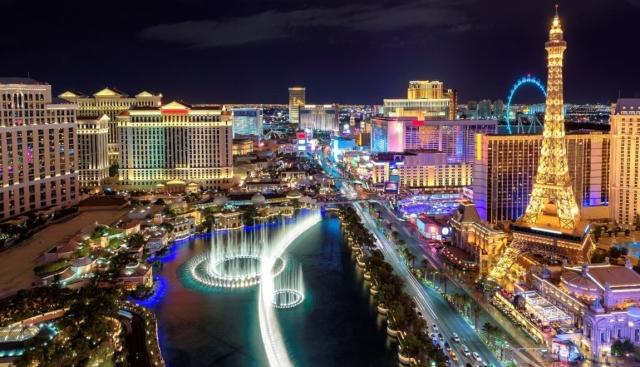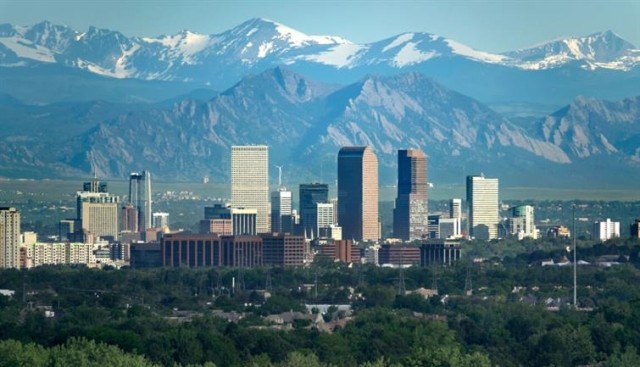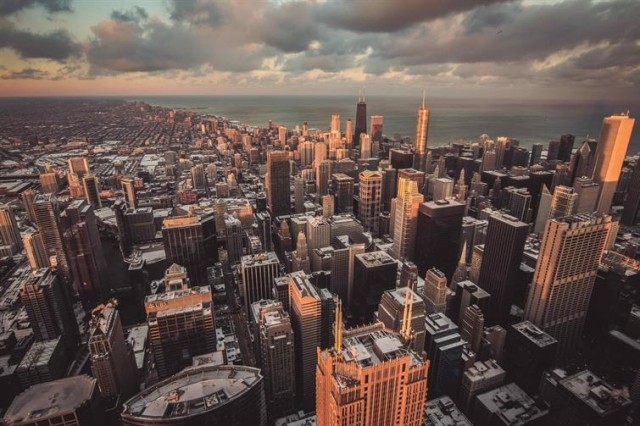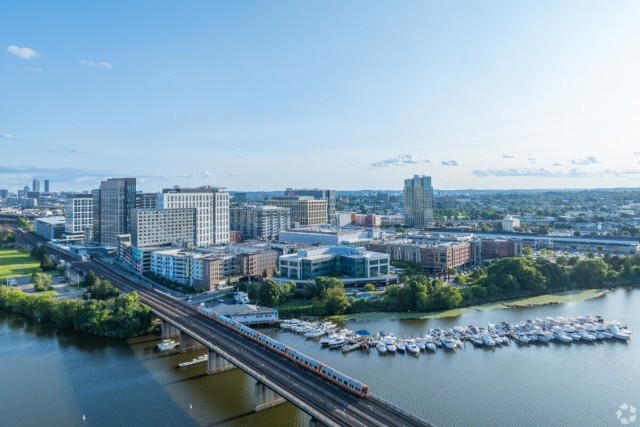Are you planning a move in 2025? Using Apartments.com search trends, we’ve compiled the hottest cities for renters to help you choose a great location. Finding a place to rent doesn’t just mean finding a place to live—it’s about picking a location that fits your daily needs and long-term goals. Whether you’re focused on career options, access to nature, or if you simply need to get the feel of a town, this article lays out what each city has to offer.
Here are the top 10 hottest cities for renters in 2025:
- Chicago, IL
- New York, NY
- Houston, TX
- Los Angeles, CA
- Atlanta, GA
- Dallas, TX
- Miami, FL
- San Diego, CA
- Boston, MA
- Las Vegas, NV
Chicago, IL
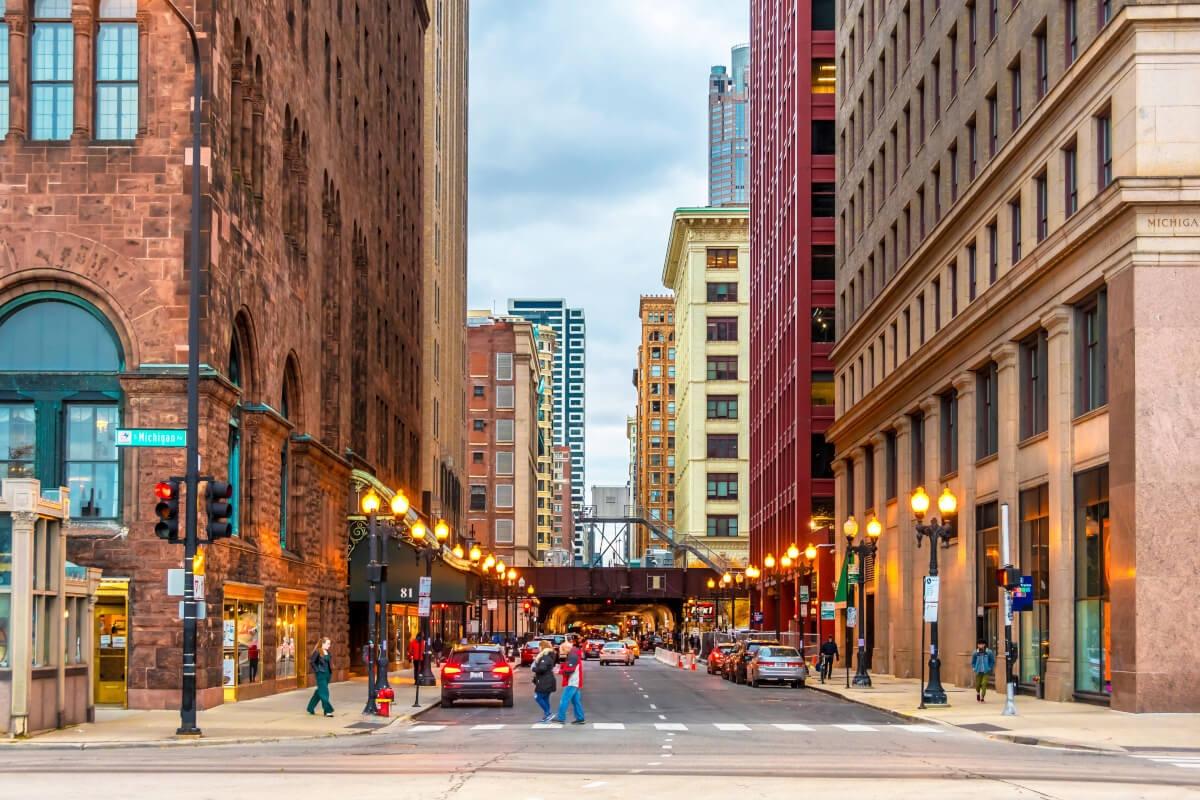
Chicago is a booming city known for its iconic architecture and ginormous food scene. As the third-largest city in the U.S., this Midwestern metropolis is also a global center for transportation, with O'Hare International Airport and an extensive public transit system. Described by locals as a ”city in a garden,” Chicago is home to world-class museums, beloved sports teams, and year-round festivals.
Chicago is a magnet for Fortune 500 companies with 15 within the city and over 30 in the greater Chicago area. With the saturation of top companies, the job market attracts talent from around the world, which ensures that the city will remain a prime destination for career opportunities. The Chicago Transit Authority (CTA) operates an extensive system of buses and trains (the "L"), which are popular for commuting within the city and to nearby suburbs.
Chicago gives renters access to a wide range of neighborhoods, each with its own vibe and conveniences. For a central location near public transit and plenty of job opportunities, areas like River North and the Loop are great picks. If you’re looking for something a bit quieter but still lively, Lincoln Park or Lakeview might suit you. Logan Square and Wicker Park offer a trendier feel with lots of restaurants and entertainment. For more affordable options, neighborhoods like Uptown or Rogers Park could work, though they might require a longer commute.
New York, NY
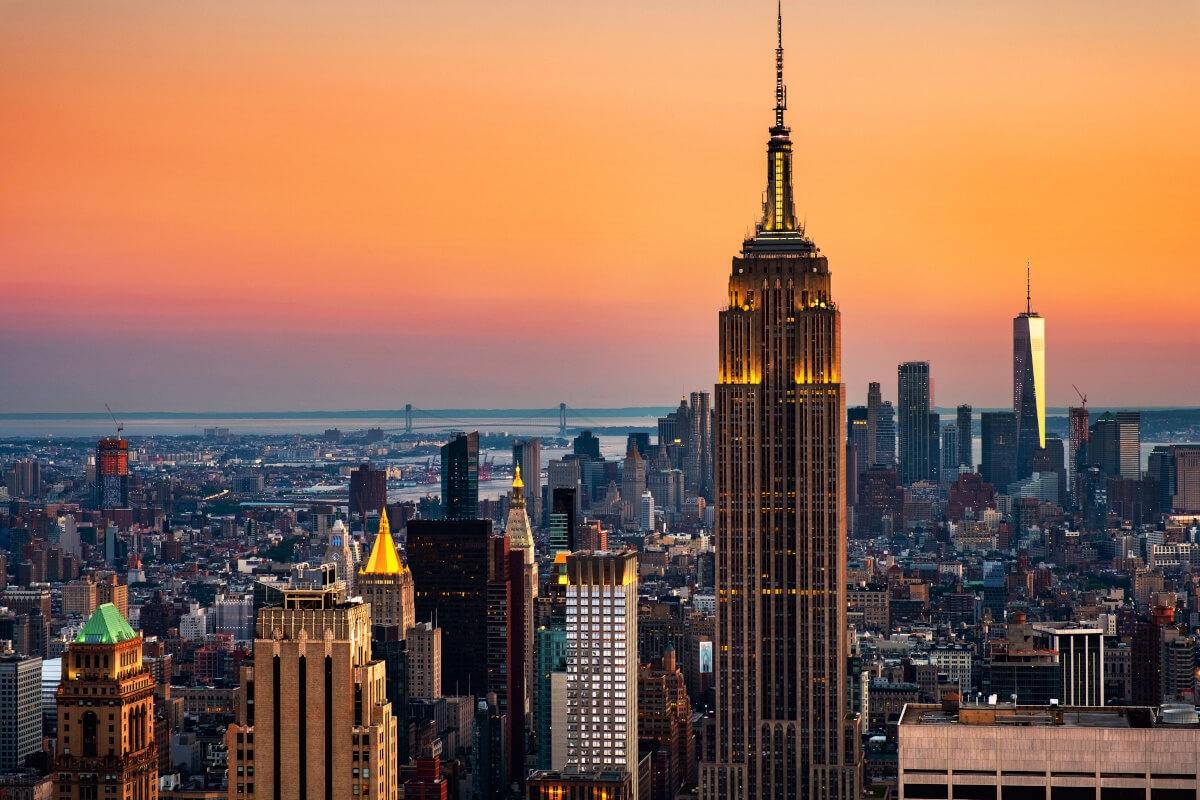
Neighborhoods in the Big Apple, like the Upper East Side and Astoria, are popular for their relative affordability, while areas such as Downtown Brooklyn and Long Island City offer modern apartments with convenient trips into Manhattan. If you’re looking for nightlife and access to dining, areas like the Lower East Side and Williamsburg stand out. Manhattan apartments generally offer short jaunts to major job hubs, but they often come with smaller spaces and higher rent compared to outer boroughs.
Average trip times vary based on location and your job. Living in Manhattan can mean a 20- to 30-minute trip to most offices, while residents in Queens and Brooklyn might spend 40 to 60 minutes commuting by subway. The city is home to a multitude of employment sectors, including finance, healthcare, media, and technology. Many people pick apartments near subway lines for a direct travel route, and walkability is a big advantage in almost every neighborhood.
Residing in NYC is about balancing convenience with cost. Grocery stores, takeout options, and laundromats are usually within walking distance, but space inside apartments can be limited, especially at lower price points. Many buildings in the city offer walk-up access, but newer rentals may include elevators, gyms, or rooftop lounges. Renters typically adjust to the fast pace of life here, blending their work and leisure time with the city’s public parks, cultural attractions, and accessible transit.
Houston, TX
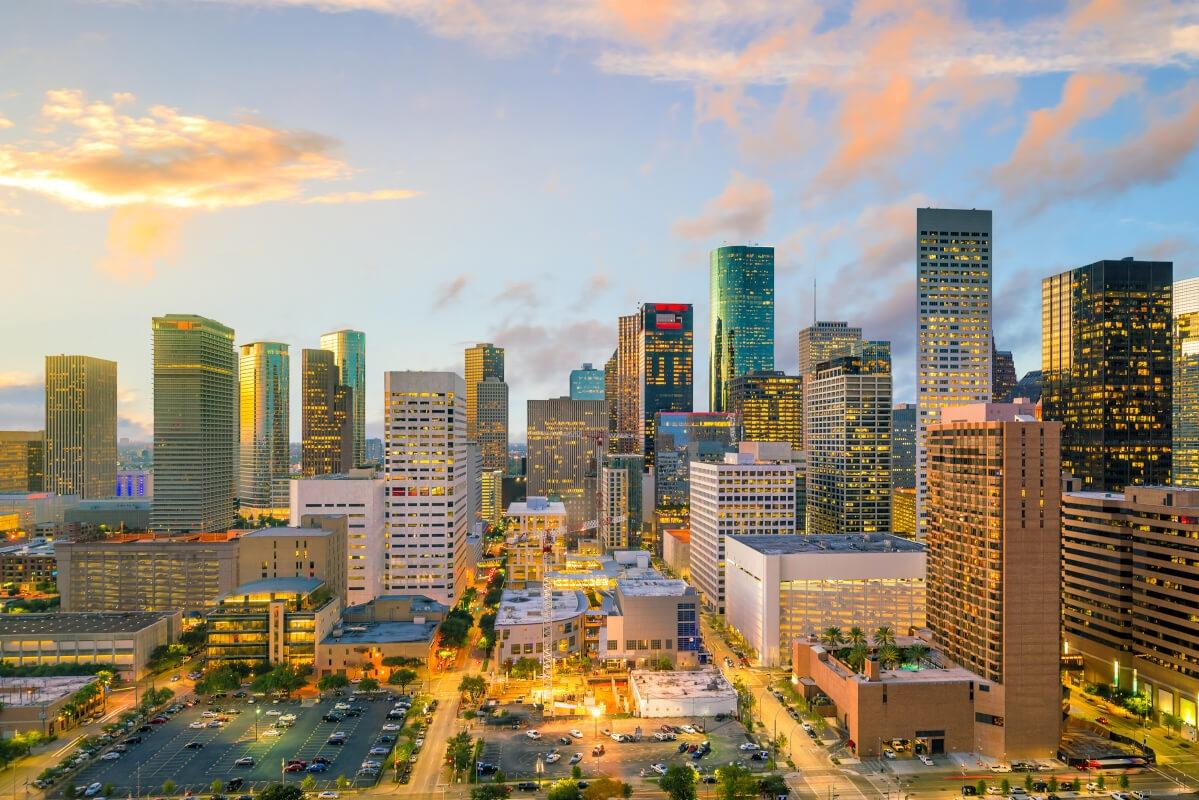
Renting an apartment in Houston, TX, gives you access to a wide range of neighborhoods. If you’re focused on proximity to work and dining, areas like Downtown or Midtown are good options with many apartments near popular spots and offices. For a quieter vibe with green spaces, The Heights or West University Place offer plenty of choices. If you’re looking for budget-friendly apartments, consider neighborhoods like Gulfton or Alief, which tend to have more affordable rents while still providing access to the city.
Transit times in Houston depend heavily on where you live and work. Traffic is a factor here, so it’s a good idea to choose an apartment near major roads or public transit options like the METRORail. Most transportation times from neighborhoods close to the city center, such as Montrose or Museum District, can take about 20–30 minutes, while areas farther out, like Sugar Land or Katy, might lead to an hour-long drive at peak times. Houston’s job market is strong, led by industries like energy, healthcare, and aerospace, alongside growing opportunities in tech and education.
Living in Houston often means driving for errands, though many neighborhoods now have walkable spots for dining and shopping. Apartments vary widely, from high-rises with amenities like pools and gyms downtown to garden-style communities in the suburbs. Houston’s hot summers make air conditioning a must, and many buildings are designed with that in mind. Exploring parks, local festivals, and Houston’s well-known food scene are part of living here.
Los Angeles, CA
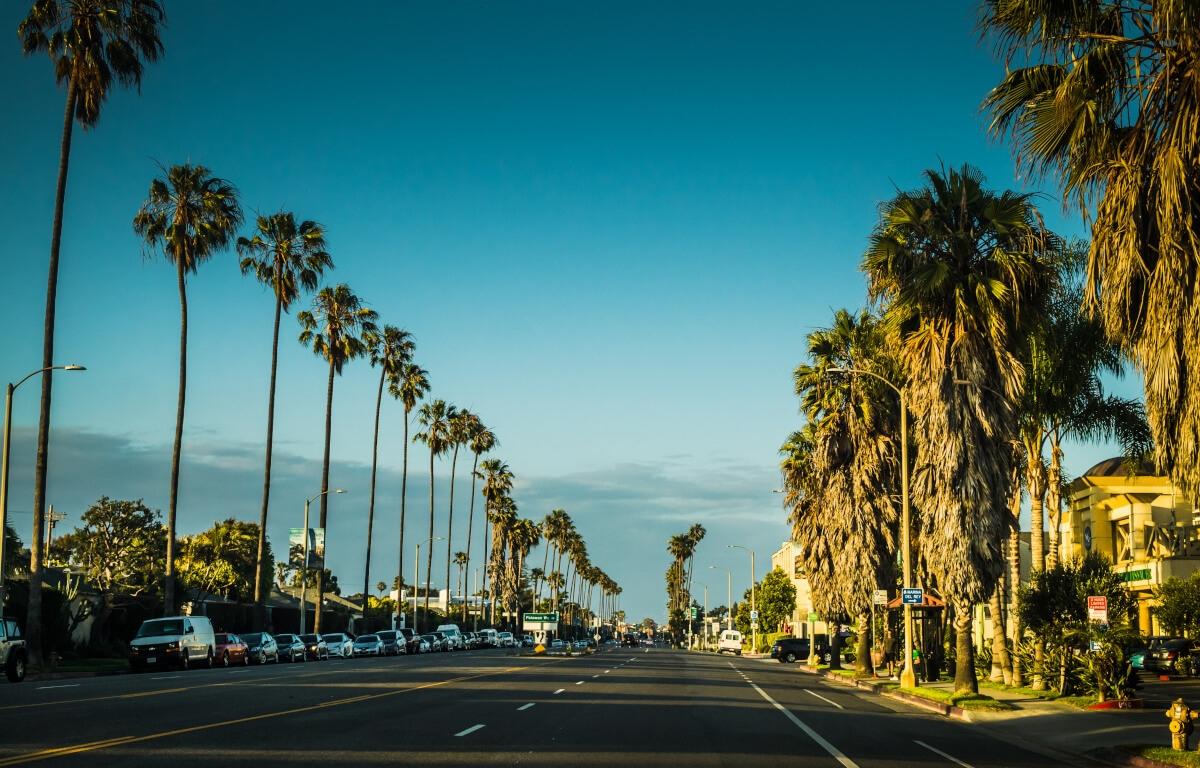
Areas like Downtown LA and Koreatown are popular for their central location and access to public transit, while Westside neighborhoods like Santa Monica and Culver City appeal to those who want to be near the coast or major tech employers. For a mix of entertainment and nightlife, Hollywood and Silver Lake are good options. If you’re looking for more affordability, consider the San Fernando Valley areas like North Hollywood or Van Nuys.
Getting around in Los Angeles can vary widely due to the city’s size and traffic. Living closer to your workplace is ideal, as rush hour can add significant time to your drive. For example, journeys from neighborhoods like West Hollywood to downtown might take 30–40 minutes during busy times, while those coming from farther areas like Pasadena or the South Bay could face one-hour drives. The city is home to industries like entertainment, technology, healthcare, and aerospace, so it’s helpful to factor in how close you need to be to those job centers.
Life in LA often means relying on a car for errands and commuting, though some neighborhoods are more walkable than others. Apartments range from high-end communities with pools and fitness centers in areas like Marina Del Rey to smaller units in older buildings found throughout the city. The weather is consistently mild, so outdoor spaces like patios or shared courtyards are common perks of many apartments.
Atlanta, GA
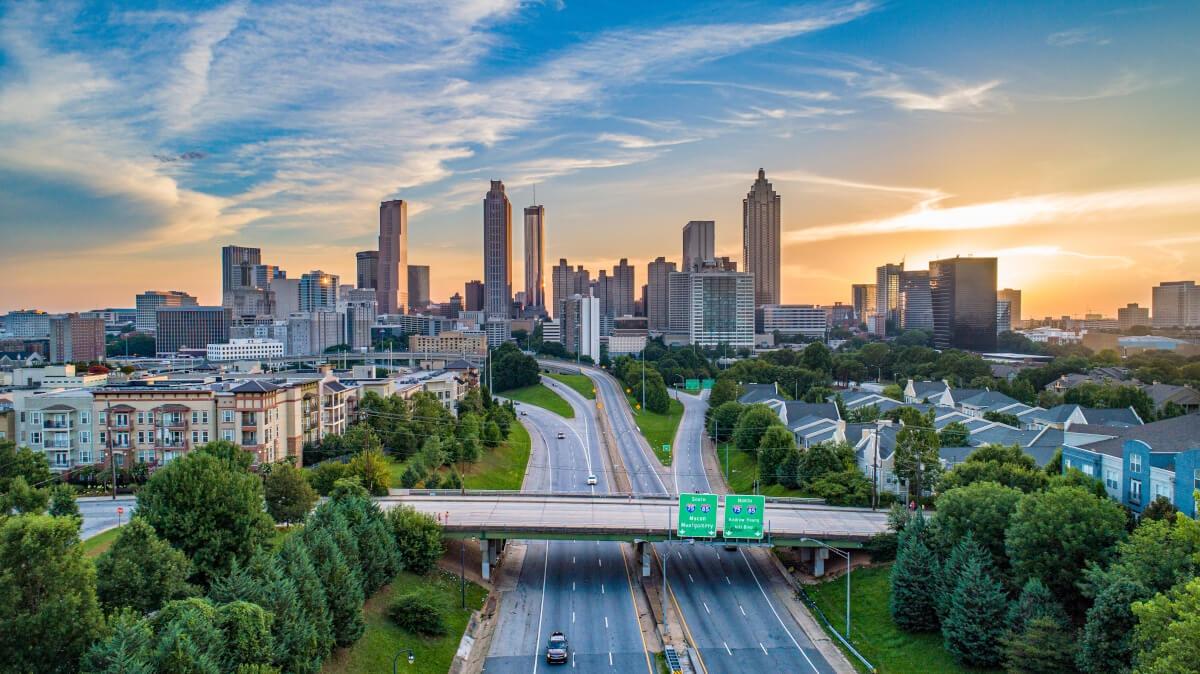
Dubbed the "Hollywood of the South," Atlanta saw exponential population growth following the 1996 Olympics. Home to CNN, the city’s foray into the film industry gained momentum in 2008 after tax incentives, and there are no signs of the industry slowing down. Popular shows such as Will Trent and Tulsa King have brought an influx of industry talent and an economic boom to town. Atlanta is also a base for tech innovation, with companies like Honeywell and Mailchimp leading the way. Roles in software development, IT support, and cybersecurity are in high demand.
Getting around Atlanta can vary depending on your location and how you travel. The MARTA transit system provides a low-cost alternative to getting around in a car, offering rail and bus routes throughout the city. Residents who rely on driving will find that daily travel times can range from 20 to 60 minutes. If you’re looking for something budget-friendly with close proximity to the city, consider South Atlanta or West Midtown, which are growing neighborhoods with local spots and easy treks.
Living in Atlanta offers ample opportunities to enjoy the outdoors. You’ll find grocery stores, gyms, and restaurants scattered across most neighborhoods. For outdoor activities, locals often explore the Atlanta BeltLine or Piedmont Park for walking, jogging, or biking. The city always has a busy events calendar, including concerts, festivals, and sports games, giving you plenty to do while you settle into life here.
Dallas, TX
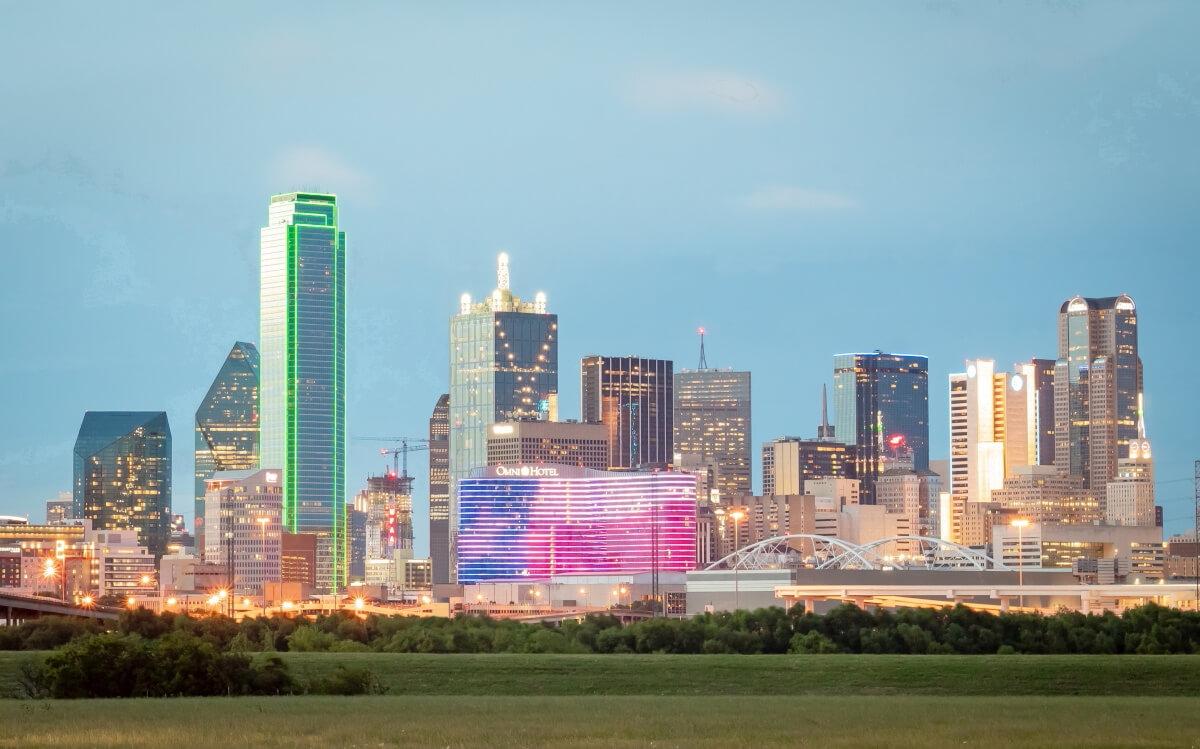
Dallas is home to one of the largest and most famous state fairs in the country. If you want to be close to the action, Uptown and Downtown Dallas are popular areas with plenty of shopping, dining, and apartment options. For more affordable rents, neighborhoods like Oak Cliff or Far North Dallas are worth considering. Areas like Deep Ellum stand out for their live music and dining spots, while Bishop Arts District offers a quieter scene with local charm.
Dallas is a city where commuting depends largely on your neighborhood and job location. Living in central areas like Uptown or Knox-Henderson can mean a short hike of 15–20 minutes to major downtown job locations. Suburban neighborhoods, such as Plano or Richardson, offer more space but may increase your travel time to 40–60 minutes, especially during rush hour. Key industries in Dallas include finance, healthcare, tech, and telecommunications, so it’s good to factor in where you might work when deciding on an area.
Day-to-day life in Dallas often involves driving, as the city is spread out, though some neighborhoods are more walkable. Apartment options range from high-rise buildings with modern amenities in areas like Downtown to garden-style communities with parking in the suburbs. Summers are hot, so many apartments have air conditioning or access to pools as a perk. To find the best fit, consider how close you want to be to shopping and dining spots.
Miami, FL
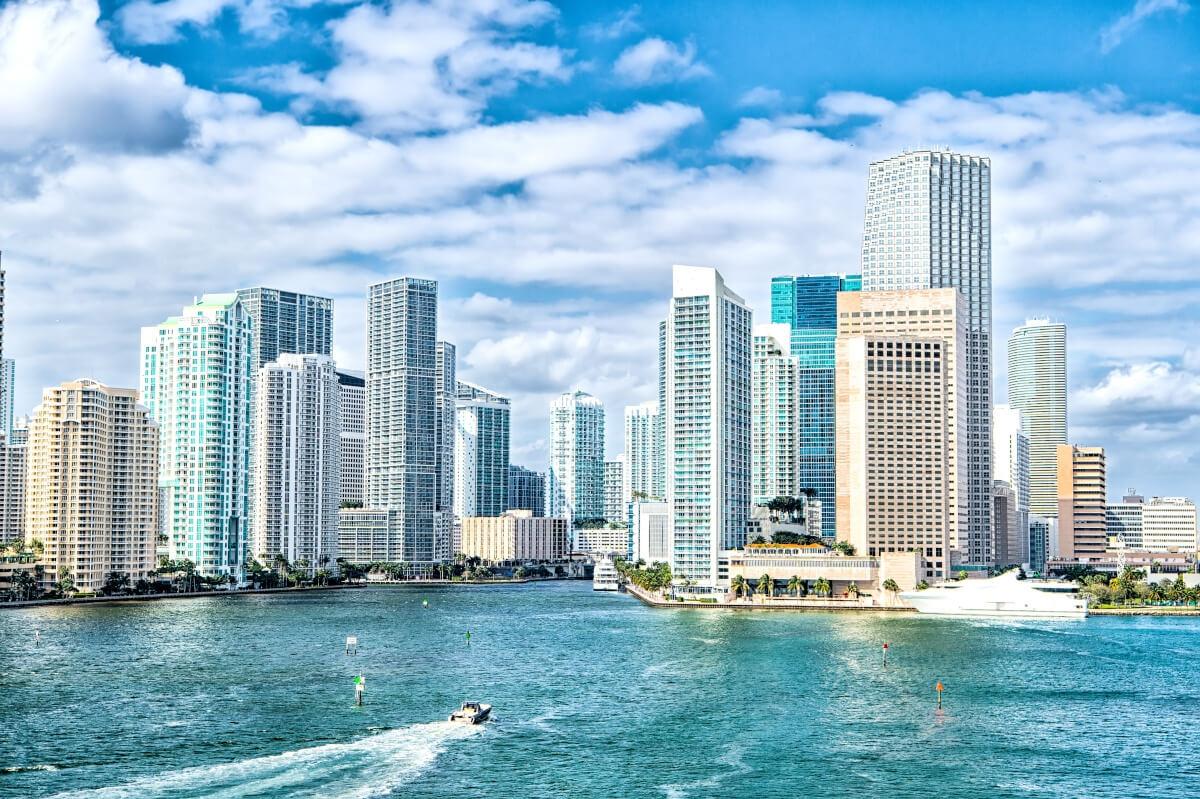
Making a move to Miami, FL, means enjoying warm weather year-round. Neighborhoods like Brickell and Downtown Miami are popular for those working in finance or business, with lots of apartments near offices, restaurants, and public transit. If you want to be near the beach, South Beach has plenty of rental options, though it can be pricier. For more affordable housing, areas like Little Havana or North Miami are worth exploring while still offering access to the city.
Miami is a car-centric city, but public transportation is available through the Metrorail and buses, which can help reduce commute times. Living in central areas like Brickell might cut your travel time to downtown to just 10–20 minutes, while living further out in places like Kendall or Doral could mean 30–60 minutes of travel, especially during busy hours. Major employment sectors in Miami include tourism, healthcare, international trade, technology, and finance, which may impact where you choose to live.
Daily life in Miami often includes access to outdoor activities, whether it’s parks, beaches, or waterfront spots. Apartments near the coast frequently feature amenities like pools and outdoor seating areas, while buildings further inland might include more spacious layouts at a lower cost. Air conditioning is essential due to the city’s high temperatures and humidity, so most apartments are designed with that in mind.
San Diego, CA
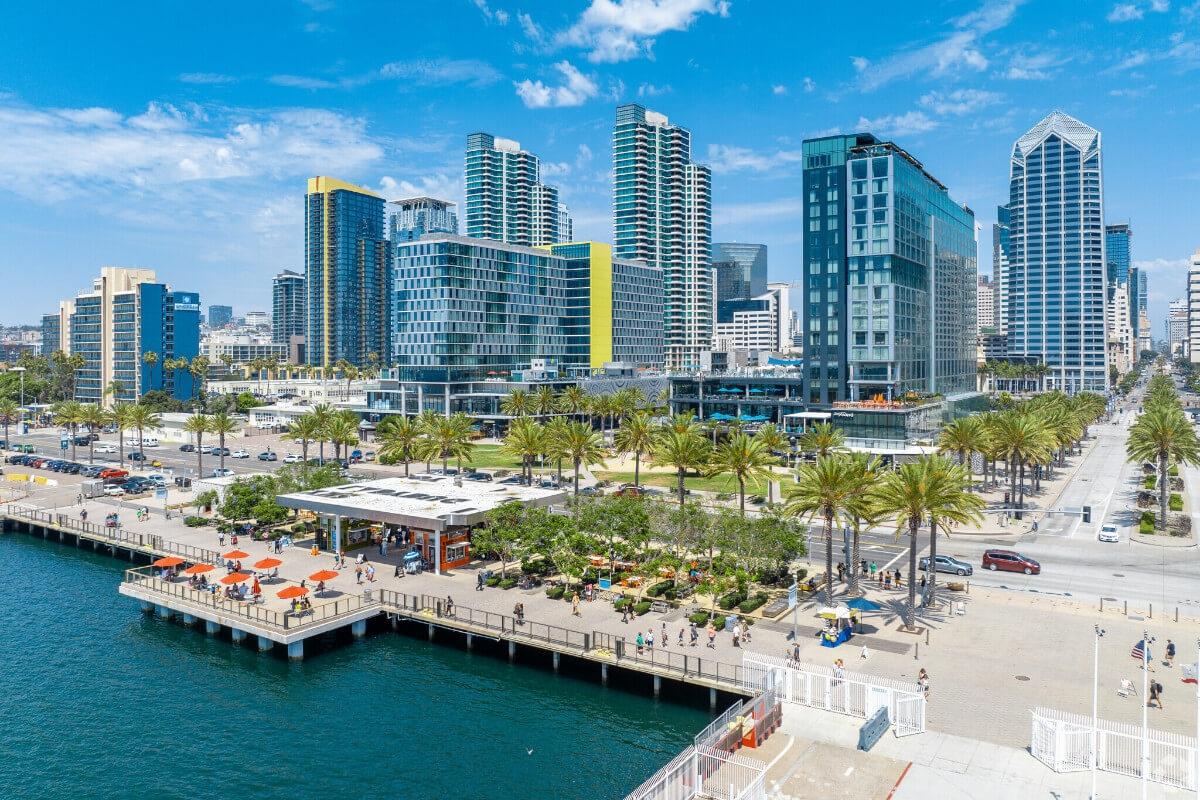
There’s no denying the appeal of this sunny Southern California city. From its near-perfect weather to its laid-back vibe, living in San Diego feels like an endless summer. Downtown and Little Italy are ideal for renters who thrive in the heart of the action, featuring high-rise apartments, trendy restaurants, and a nightlife scene. For beach lovers, Pacific Beach provides oceanfront rentals and a lively atmosphere, while North Ocean Beach offers a more laid-back, bohemian vibe with a small-town feel. If luxury and stunning coastal views are what you’re after, La Jolla Mesa delivers with its upscale amenities and serene atmosphere.
San Diego is home to a wide array of major employers across industries. Many smaller startups and mid-sized companies also call San Diego home, creating a balanced job market with opportunities for all experience levels. Commuting by car is a common choice for many San Diegans, but it comes with its own set of challenges. Traffic congestion can be an issue during peak hours, especially on major freeways like I-5, I-8, and I-15. Alternative options include public transit, electric scooters, and bikes.
With 70 miles of coastline, San Diego is a paradise for outdoor enthusiasts, offering endless opportunities to enjoy its stunning natural beauty. Renters can spend their weekends soaking up the sun at renowned beaches like La Jolla Shores, Mission Beach, or Coronado Beach, where activities like surfing, kayaking, and paddleboarding await. For those who love hiking, trails like Torrey Pines State Reserve and Cowles Mountain provide breathtaking views of the coastline and city. Balboa Park, a massive urban green space, is perfect for leisurely walks, picnicking, or playing sports, making it a go-to spot for outdoor relaxation.
Boston, MA
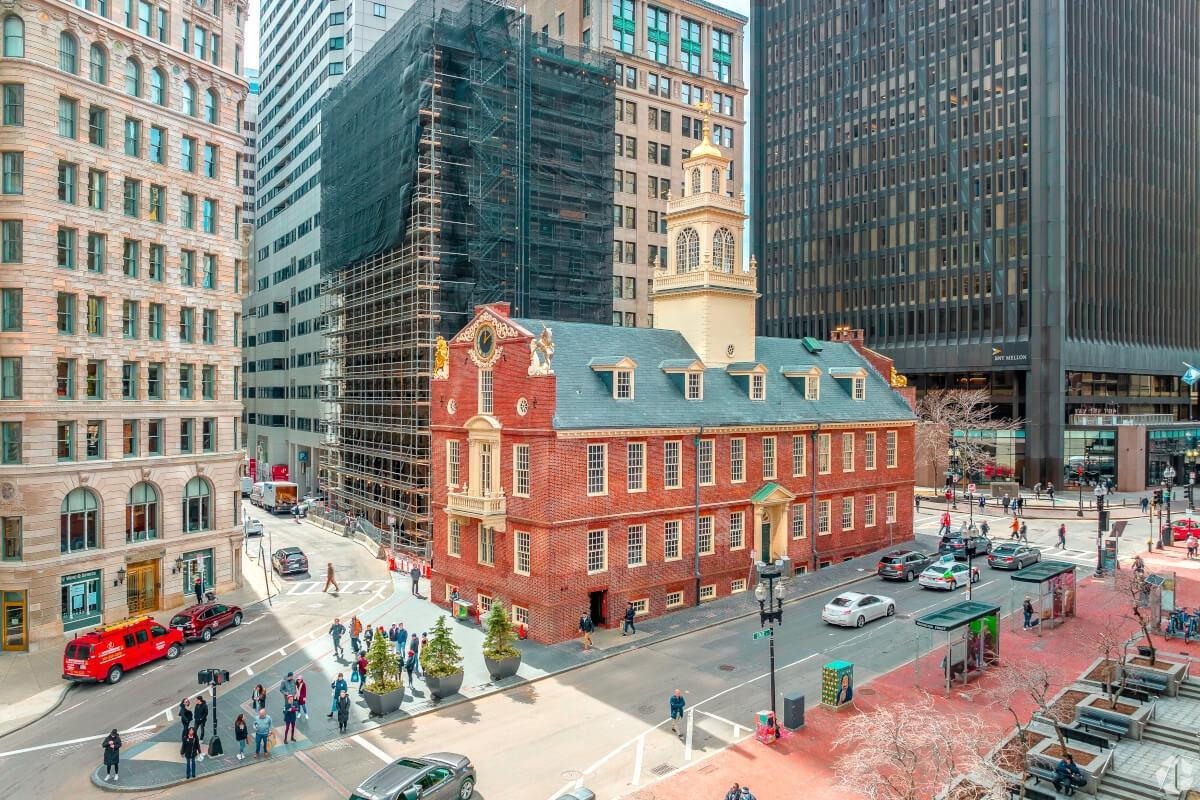
Boston is a city that feels like a world unto itself. Steeped in history and brimming with personality, it’s a place where cobblestone streets meet modern skyscrapers. Its distinct neighborhoods feel like cozy, welcoming villages within a spirited metropolis. If you’ve never visited, Boston might surprise you with its blend of charm, culture, and walkability. The city’s size is manageable, making it easy to get to know and explore, yet it offers the sophistication of cities twice its size.
Boston is renowned for its healthcare and life sciences industry, with world-class institutions like Massachusetts General Hospital and biotech leaders driving innovation. Education is another cornerstone of Boston’s economy, thanks to prestigious universities like Harvard, MIT, and Boston University. The technology sector is rapidly growing, with companies like Wayfair, HubSpot, and Toast making Boston a rival to Silicon Valley. Commuting by public transit is the winning option, as parking is at a premium in this compact city.
Whether you’re drawn to the historic brownstones in Beacon Hill, the trendy eateries in South End, or the academic hub in Fenway, there's a Boston neighborhood to match your style! Renters who find an apartment to rent in Boston will get to enjoy world-class seafood, legendary sports teams, and beautiful parks in a city full of character.
Las Vegas, NV
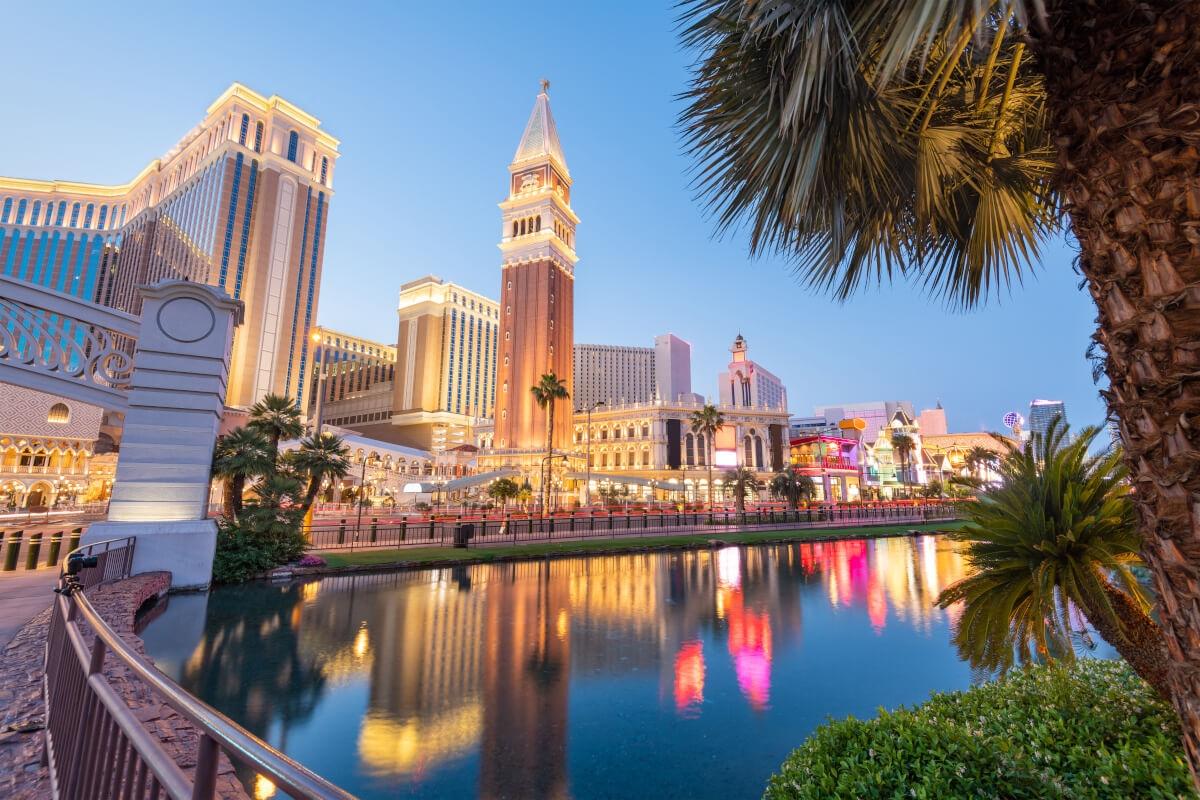
If you want to be close to the action in Las Vegas, neighborhoods like Downtown and The Strip offer apartments near entertainment, restaurants, and nightlife. For a quieter pace, places like Summerlin and Henderson offer more residential areas with parks and easy access to shopping. Anywhere you choose, you'll find a range of apartment sizes and prices, so it's worth exploring different neighborhoods.
The city has a strong job market, with major industries like hospitality, healthcare, technology, and logistics. Daily travel times in Las Vegas are usually manageable, averaging about 25-30 minutes depending on where you work and live. Public transportation exists but isn’t as extensive as in larger cities, so having a car can make getting around more convenient. If you work near The Strip or Downtown, living close by can save you time and make daily commuting easier.
Las Vegas offers an overall warm climate with hot summers and mild winters. It’s a city where you can enjoy outdoor activities year-round, and there’s always something to do, from trying new restaurants to hiking trails just outside the city. While it’s known for its tourists, living here day-to-day feels different—you’ll likely find your rhythm quickly and enjoy the mix of personal downtime and city perks. Just be sure to plan for extra utility costs in the summer, as the desert heat can drive up air-conditioning bills!
Wherever you choose to call home in 2025, Apartments.com can help you find an apartment that meets your needs. From your desired move-in date to your list of must-haves, Apartments.com has the tools to be your one-stop shop. Discover your new home today!
FAQs
What cities is it better to rent vs. buy?
If your dream is owning a home then you need to carefully consider what city you choose. Some cities have such a high home price that you may not be able to afford a house. However, there are cities with much lower home prices where it makes more sense to buy than rent.
The top U.S. cities with the most renters are:
- Miami, FL
- New York, NY
- Boston, MA
- Los Angeles, CA
- San Francisco, CA
The top U.S. cities with the most homeowners are:
- Mesa, AZ
- Albuquerque, NM
- Colorado Springs, CO
- Louisville, KY
- El Paso, TX
What are the most popular small cities?
The top small cities on Apartments.com are:
- Greenville, SC
- Pensacola, FL
- Hoboken, NJ
- Sarasota, FL
- Marietta, GA
If these cities are still a bit big for you, check out these even smaller places:
- Stone Mountain, GA
- Jonesboro, GA
- Naples, FL
- Katy, TX
- New Castle, DE


